
views
Replacing Faulty Cables
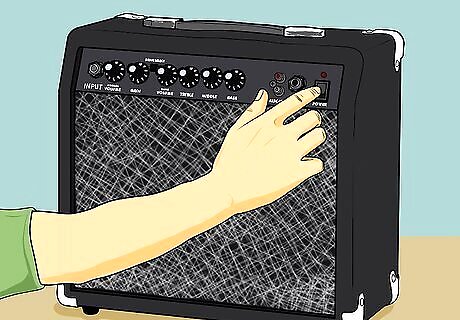
Power on the amp and make sure you can hear the radio. This kind of problem can be tricky because you might not always be able to hear the radio playing through your guitar amp. To troubleshoot the issue, turn on your amp and listen for the sound of the radio. If you hear the radio infrequently, you may have to wait until it happens again to fix it.

Test the guitar cable by unplugging it from the amp to see if the sound stops. The guitar cable connects your guitar to the amp. If you’re using an older cable, it may not be insulated very well. That means it could more easily let in interference from local radio stations, causing the radio to come through your guitar amp. Try swapping your cable with a different one to see if that gets rid of the sound. Borrow one from a friend if you need to. The problem may be coming from loose interior wiring in the cable or from a worn-down end plug. Whatever the cause, though, unplugging it from the amp should tell you if that’s the source of the interference.
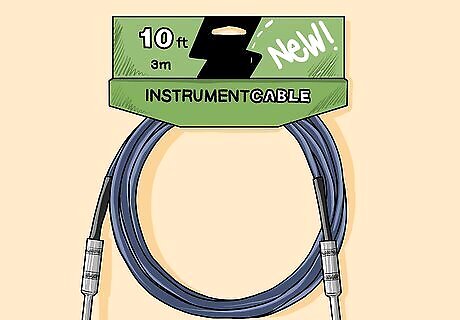
Replace the guitar cable if that is what is causing the radio interference. If this is the problem, you have a pretty simple fix! Buy a new cable online, from an electronics store, or from a music store. A quality guitar cable will last about 3 years or more, especially if you take good care of it. Avoid bending or rolling the cable, and be gentle when you unplug it from the amp.
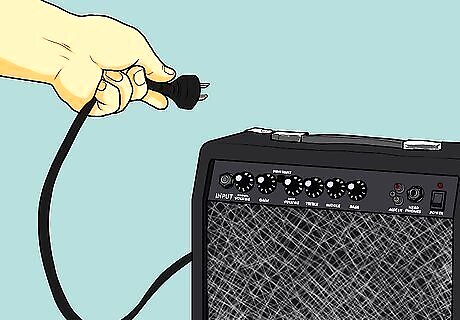
Check the power cord to see if the issue is related to your home’s wiring. This is less common but not impossible. An older cord may not carry as much power as your amp needs, thus letting in interference. There are several ways you can check to see if this is the problem: Use a new power cord and see if that eliminates the interference. Take your amp to a new location, like a friend’s house or a workspace, and plug it in there to see if you can still hear the radio interference. If this is the issue, you’ve probably noticed other electronics in your home having similar problems. Your headphones might pick up on noise coming through your computer jack, or a stereo system might not play as clearly as it should.

Swap out your power cord for one that is at least 18 AWG. Additionally, choose a cord that is just as long as it has to be to reach the outlet—a longer cable doesn’t have as much capacity as a short cord. This should hopefully eliminate the interference. Buy power cords online, from your local electronics store, or most big box stores. AWG stands for American Wire Gauge.
Checking the Settings and Wiring
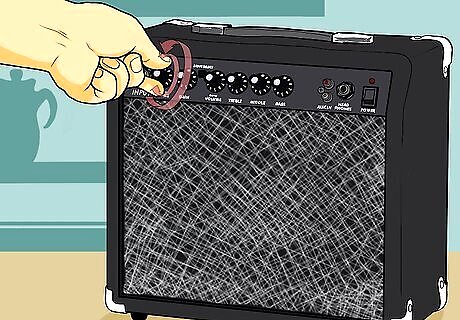
Test the control knobs one by one to see if they affect the radio interference. Next to the guitar cable input, locate the knobs for the volume, channel, reverb, and other effects. Turn the amp on and adjust each knob individually to see if the radio sound diminishes or gets stronger. Of course, make sure you hear the radio coming through the amp before you start testing the controls. Otherwise, you’ll have no way to know if you find the exact cause! As you test the controls, reset each knob to its original position before moving on to the next one. This will help you eliminate switches as you go.

Adjust the bass, middle, and treble to see if the preamp is the issue. Amps usually are made of 3 main components: the preamp, the main amp, and the speaker. The preamp has lower voltage capacities and makes tone changes to the bass, middle, and treble before the sound carries through to the main amp. One by one, adjust the level of each tone while playing your guitar to see if they have any effect on the radio sound. Remember to return each knob to its original setting before testing the next one.

Disconnect the amp from the outlet before opening up the back panel. If the radio interference is linked to the control or tone knobs, you’ll have to take a look at the internal wiring. Before doing that, you must turn the amp off and unplug it from the power source so that there is no electrical current running through it. Don’t try to access or adjust the wiring while the amp is turned on; you could get electrocuted.

Fix loose wires or insulate frayed ones that lead to the control knobs. You should only do this if you’re familiar with wiring and circuitry. Open up the back of the amp to access the wiring panel. Find the wires that lead to the knob that is letting in the radio interference. Check to see if the wire is loose or frayed. If it’s loose, you try pushing it back into place. If it’s frayed, wrap copper tape around it to create a new layer of insulation. If you’re uncertain of what you’re doing, take your amp to a technician so they can safely examine it for you. You can tell them where you suspect the problem is coming from, which will make it easier for them to repair. Test the repair by turning the amp back on and checking to hear if the radio is still coming through the speaker.
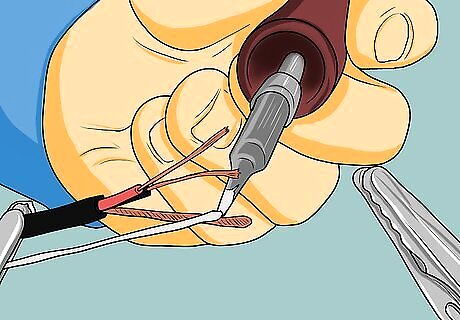
Take your amp to a technician for wiring or soldering repairs if needed. If you aren’t comfortable with the wiring in your amp, play it safe and let a professional look at your amp for you. Or, you could ask someone you know who has more experience to take a look at it. Call your local music store to see if they have a technician who works on amps. They should be able to give you an estimate for the price of the repair over the phone. Wiring problems are sometimes caused by joints that are broken, worn down, or loose. The joints have to be resoldered, which is something an amp technician can do.
Maintaining Your Guitar Amp
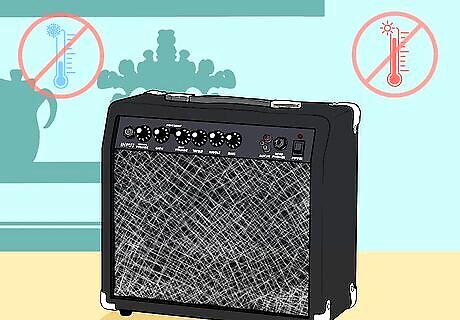
Avoid letting your amp get too hot or too cold. Like any sensitive piece of electrical equipment, your amp will last longer and perform better if it isn’t exposed to extreme temperatures. Keep it away from air conditioning vents, radiators, space heaters, and other similar heating or cooling elements. For example, if you need to drive your amp from your home to a venue in the middle of winter, let your vehicle warm up before transferring the amp. Going from a warm location to a really cold location puts a lot of strain on your amp and can cause issues.
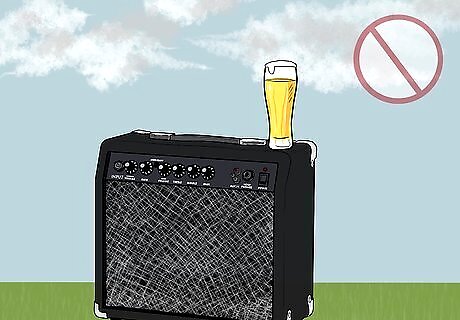
Keep your amp dry to prevent electrical problems. Avoid using your amp as a side table or putting drinks on top of it. If you’re playing outdoors, purchase a rain cover for it in case there’s inclement weather. Electrical problems could mess with the wiring or joints and make interference more likely. If the amp is on and it gets wet, you could get electrocuted. Use caution if you find yourself in that situation.
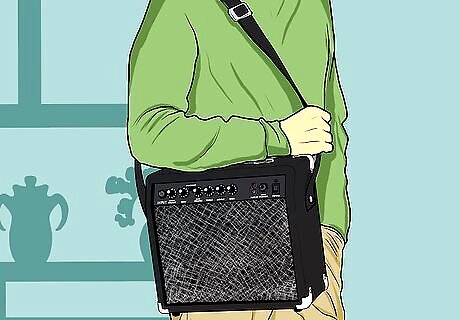
Protect your amp from getting jostled or dropped. Fasten a seatbelt or strap around the amp to keep it from bumping around while it’s being transported. If it’s really heavy, consider using a dolly or something similar to move it around so it’s less likely to get dropped. While your amp is pretty hardy on the outside, the inside is made up of a lot of different pieces, some of which are very sensitive. Older amps especially are likely to get damaged if they’re knocked around too much.
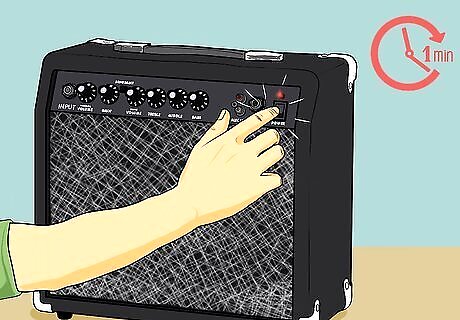
Let your amp warm-up on standby for at least 1 minute before playing. After you turn on the amp, flip the standby switch to mute all the sound while the amp is getting ready. This gives the internal filaments time to heat up before you start playing. Not warming up and sending lots of electricity and sound through your amp can cause a lot of wear and tear, plus the sound quality might not be as good.
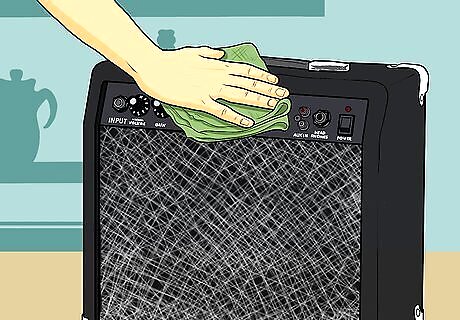
Protect the internal wiring with a dust cover when your amp isn’t in use. Dust can get inside the amp and cause wiring problems, which then lead to a higher likelihood that you’ll experience interference. Especially if you don’t use your amp every day, take a few moments to cover it up while it’s off to the side or in storage. Similarly, use a clean lint-free towel to wipe down the front, back, and top of your amp every few days if you’re using it regularly. This will keep dust from accumulating.
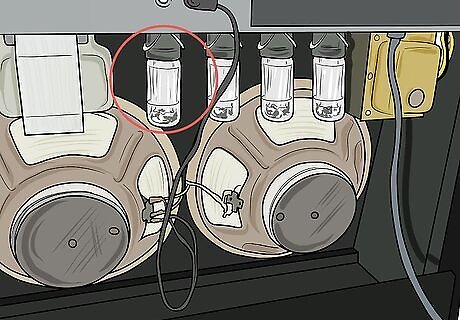
Change tube amp tubes when their lifespan hours are up. Some tubes have a lifespan of 2,500 hours, while others might have 10,000 hours of playtime. Check your amp’s specifics to see exactly how long you have before you need to change the tubes. Have backup tubes available so that you have them when you need them Tube amps use actual vacuum tubes to amplify the sounds coming from your guitar. They’re popular with musicians who like more distortion in their style.
















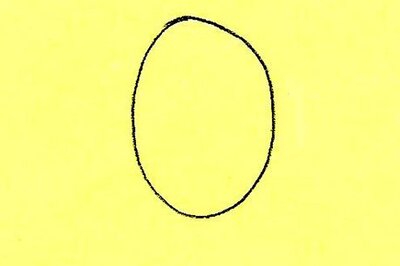
Comments
0 comment